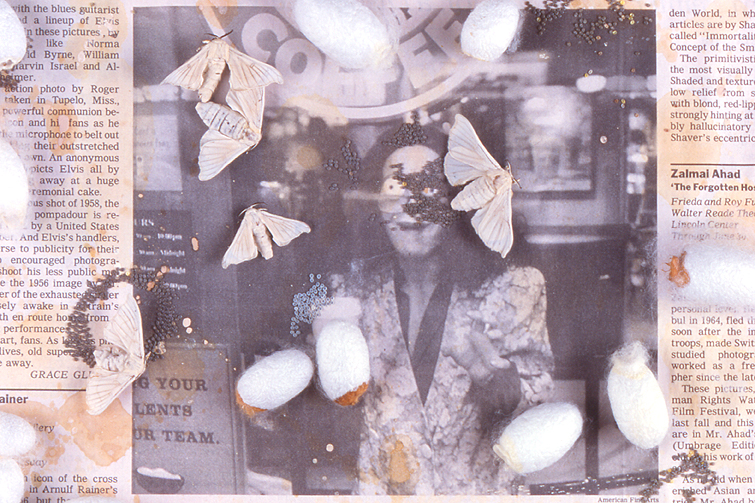Silk Moth (Bombyx mori)
Pricing: Dead (spread): $20
Geographic Range: Domescticated: Native to China (now extinct in the wild)
Sex: Males & Females

Image Copyright 2003
Barbara Strnadova
Domestication of the silk moth began in China about 2640 BC. Once a closely guarded secret, all wild populations were exterminated long ago to prevent anyone else having control of this lucrative business. The moth has been dependent on humans ever since. Most silk moths emerge flightless, their only purpose being to mate. Females lay clutches of eggs, as pictured, and then both males and females die within a few days. The caterpillars (silk worms) feed on mulberry (Morus). The life cycle is quick, with only two months between the larva's emergence from the egg and the moth's emergence from it's silk cocoon. Silk is acquired from the unhatched cocoons. An enzyme is secreted in order to allow the moth to emerge from its silk cocoon. This ruins the silk, which must be unwound as a single strand. If you wish to make silk, you must boil or bake the cocoons 5 days after they are spun. Then you can make silk thread as well as eat the pupae, which are edible and can be prepared in a number of ways.